1. Patton L. Progress in understanding oral health and HIV/AIDS. Oral Dis. 2014; 20:223–225. PMID:
24344792.

2. Piot P, Quinn TC. Response to the AIDS pandemic--a global health model. N Engl J Med. 2013; 368:2210–2218. PMID:
23738546.
4. Nesti M, Carli E, Giaquinto C, Rampon O, Nastasio S, Giuca MR. Correlation between viral load, plasma levels of CD4-CD8 T lymphocytes and AIDS-related oral diseases: a multicentre study on 30 HIV+ children in the HAART era. J Biol Regul Homeost Agents. 2012; 26:527–537. PMID:
23034272.
5. Patton LL, Ramirez-Amador V, Anaya-Saavedra G, Nittayananta W, Carrozzo M, Ranganathan K. Urban legends series: oral manifestations of HIV infection. Oral Dis. 2013; 19:533–550. PMID:
23517181.

6. Classification and diagnostic criteria for oral lesions in HIV infection. EC-Clearinghouse on Oral Problems Related to HIV Infection and WHO Collaborating Centre on Oral Manifestations of the Immunodeficiency Virus. J Oral Pathol Med. 1993; 22:289–291. PMID:
8229864.
7. Petersen PE. Policy for prevention of oral manifestations in HIV/AIDS: the approach of the WHO Global Oral Health Program. Adv Dent Res. 2006; 19:17–20. PMID:
16672544.

8. Moniaci D, Greco D, Flecchia G, Raiteri R, Sinicco A. Epidemiology, clinical features and prognostic value of HIV-1 related oral lesions. J Oral Pathol Med. 1990; 19:477–481. PMID:
1981079.

9. Kolokotronis A, Kioses V, Antoniades D, Mandraveli K, Doutsos I, Papanayotou P. Immunologic status in patients infected with HIV with oral candidiasis and hairy leukoplakia. Oral Surg Oral Med Oral Pathol. 1994; 78:41–46. PMID:
8078662.

10. Berberi A, Noujeim Z, Aoun G. Epidemiology of oropharyngeal candidiasis in human immunodeficiency virus/acquired immune deficiency syndrome patients and CD4+ counts. J Int Oral Health. 2015; 7:20–23.
11. Ramírez-Amador V, Esquivel-Pedraza L, Sierra-Madero J, Anaya-Saavedra G, González-Ramírez I, Ponce-de-León S. The changing clinical spectrum of human immunodeficiency virus (HIV)-related oral lesions in 1,000 consecutive patients: a 12-year study in a referral center in Mexico. Medicine (Baltimore). 2003; 82:39–50. PMID:
12544709.
12. Berberi A, Noujeim Z. Epidemiology and relationships between CD4+ counts and oral lesions among 50 patients infected with human immunodeficiency virus. J Int Oral Health. 2015; 7:18–21.
13. Park YJ, Nam JH, Noh KL, Pang EO, Kim DY, Kim JH, et al. Aids-associated kaposi's sarcoma on left lower retromolar triangle and parapharyngeal area: a case report. J Korean Assoc Oral Maxillofac Surg. 2009; 35:182–186.
14. Vigneswaran N, Williams MD. Epidemiologic trends in head and neck cancer and aids in diagnosis. Oral Maxillofac Surg Clin North Am. 2014; 26:123–141. PMID:
24794262.

15. Bunn BK, van Heerden WF. HIV/AIDS associated malignancies of the head and neck. SADJ. 2012; 67:590–592. PMID:
23957103.
16. Pakfetrat A, Falaki F, Delavarian Z, Dalirsani Z, Sanatkhani M, Zabihi Marani M. Oral manifestations of human immunodeficiency virus-infected patients. Iran J Otorhinolaryngol. 2015; 27:43–54. PMID:
25745611.
17. Bravo IM, Correnti M, Escalona L, Perrone M, Brito A, Tovar V, et al. Prevalence of oral lesions in HIV patients related to CD4 cell count and viral load in a Venezuelan population. Med Oral Patol Oral Cir Bucal. 2006; 11:E33–E39. PMID:
16388291.
18. Bodhade AS, Ganvir SM, Hazarey VK. Oral manifestations of HIV infection and their correlation with CD4 count. J Oral Sci. 2011; 53:203–211. PMID:
21712625.

19. Fanales-Belasio E, Raimondo M, Suligoi B, Buttò S. HIV virology and pathogenetic mechanisms of infection: a brief overview. Ann Ist Super Sanita. 2010; 46:5–14. PMID:
20348614.

20. Onakewhor JU, Olagbuji BN, Ande AB, Ezeanochie MC, Olokor OE, Okonofua FE. HIV-AIDS related maternal mortality in Benin City, Nigeria. Ghana Med J. 2011; 45:54–59. PMID:
21857722.

21. Taiwo OO, Hassan Z. The impact of Highly Active Antiretroviral Therapy (HAART) on the clinical features of HIV-related oral lesions in Nigeria. AIDS Res Ther. 2010; 7:19. PMID:
20579347.
22. Zhou H, Zhao H, Hao Y, Song C, Han J, Zhang J, et al. Excessive conversion and impaired thymic output contribute to disturbed regulatory T-cell homeostasis in AIDS patients with low CD4 cell counts. AIDS. 2013; 27:1059–1069. PMID:
23299175.

23. Serrano-Villar S, Sainz T, Lee SA, Hunt PW, Sinclair E, Shacklett BL, et al. HIV-infected individuals with low CD4/CD8 ratio despite effective antiretroviral therapy exhibit altered T cell subsets, heightened CD8+ T cell activation, and increased risk of non-AIDS morbidity and mortality. PLoS Pathog. 2014; 10:e1004078. PMID:
24831517.

24. Margolick JB, Gange SJ, Detels R, O'Gorman MR, Rinaldo CR Jr, Lai S. Impact of inversion of the CD4/CD8 ratio on the natural history of HIV-1 infection. J Acquir Immune Defic Syndr. 2006; 42:620–626. PMID:
16868499.

25. Mocroft A, Bannister WP, Kirk O, Kowalska JD, Reiss P, D'Arminio-Monforte A, et al. The clinical benefits of antiretroviral therapy in severely immunocompromised HIV-1-infected patients with and without complete viral suppression. Antivir Ther. 2012; 17:1291–1300. PMID:
23013779.

26. Frimpong P, Amponsah EK, Abebrese J, Kim SM. Oral manifestations and their correlation to baseline CD4 count of HIV/AIDS patients in Ghana. J Korean Assoc Oral Maxillofac Surg. 2017; 43:29–36. PMID:
28280707.

27. Adurogbangba MI, Aderinokun GA, Odaibo GN, Olaleye OD, Lawoyin TO. Oro-facial lesions and CD4 counts associated with HIV/AIDS in an adult population in Oyo State, Nigeria. Oral Dis. 2004; 10:319–326. PMID:
15533205.

28. Thompson GR 3rd, Patel PK, Kirkpatrick WR, Westbrook SD, Berg D, Erlandsen J, et al. Oropharyngeal candidiasis in the era of antiretroviral therapy. Oral Surg Oral Med Oral Pathol Oral Radiol Endod. 2010; 109:488–495. PMID:
20156694.

29. Castro LÁ, Álvarez MI, Martínez E. Pseudomembranous candidiasis in HIV/AIDS patients in Cali, Colombia. Mycopathologia. 2013; 175:91–98. PMID:
23086383.

30. Lin JN, Lin CC, Lai CH, Yang YL, Chen HT, Weng HC, et al. Predisposing factors for oropharyngeal colonization of yeasts in human immunodeficiency virus-infected patients: a prospective cross-sectional study. J Microbiol Immunol Infect. 2013; 46:129–135. PMID:
22921200.

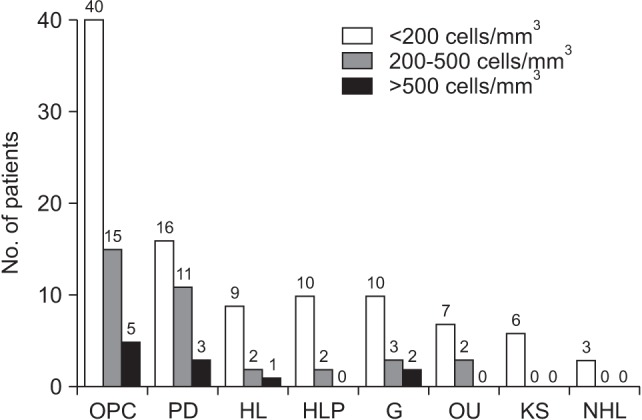
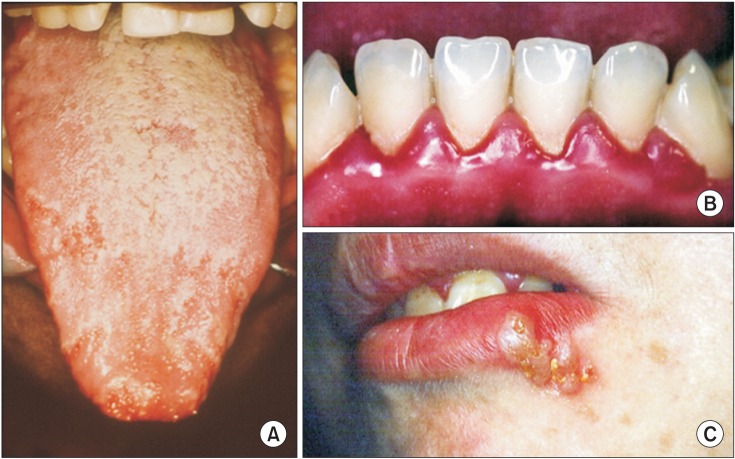





 PDF
PDF ePub
ePub Citation
Citation Print
Print



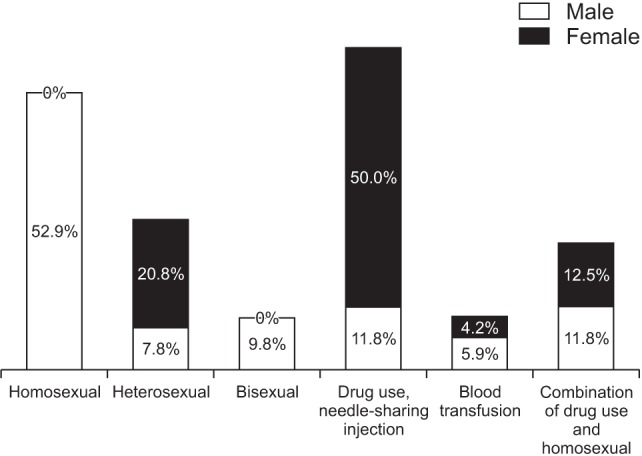
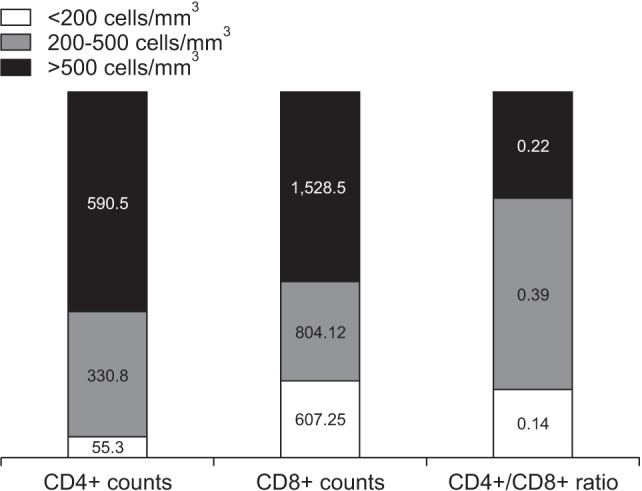
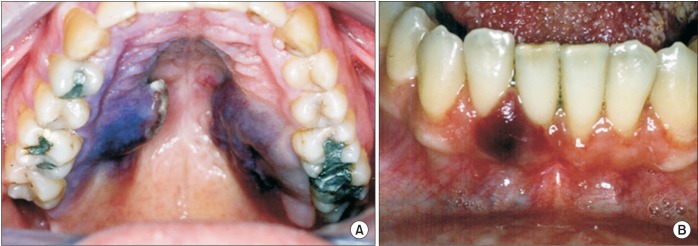
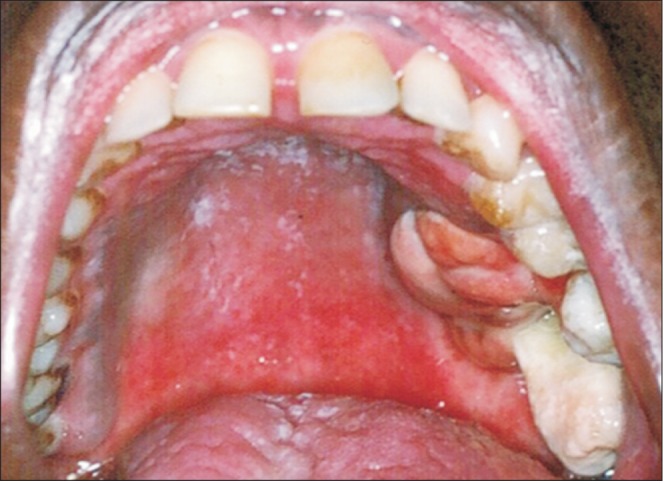
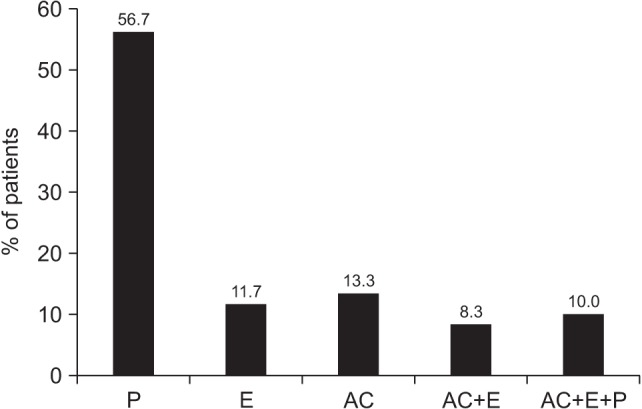
 XML Download
XML Download